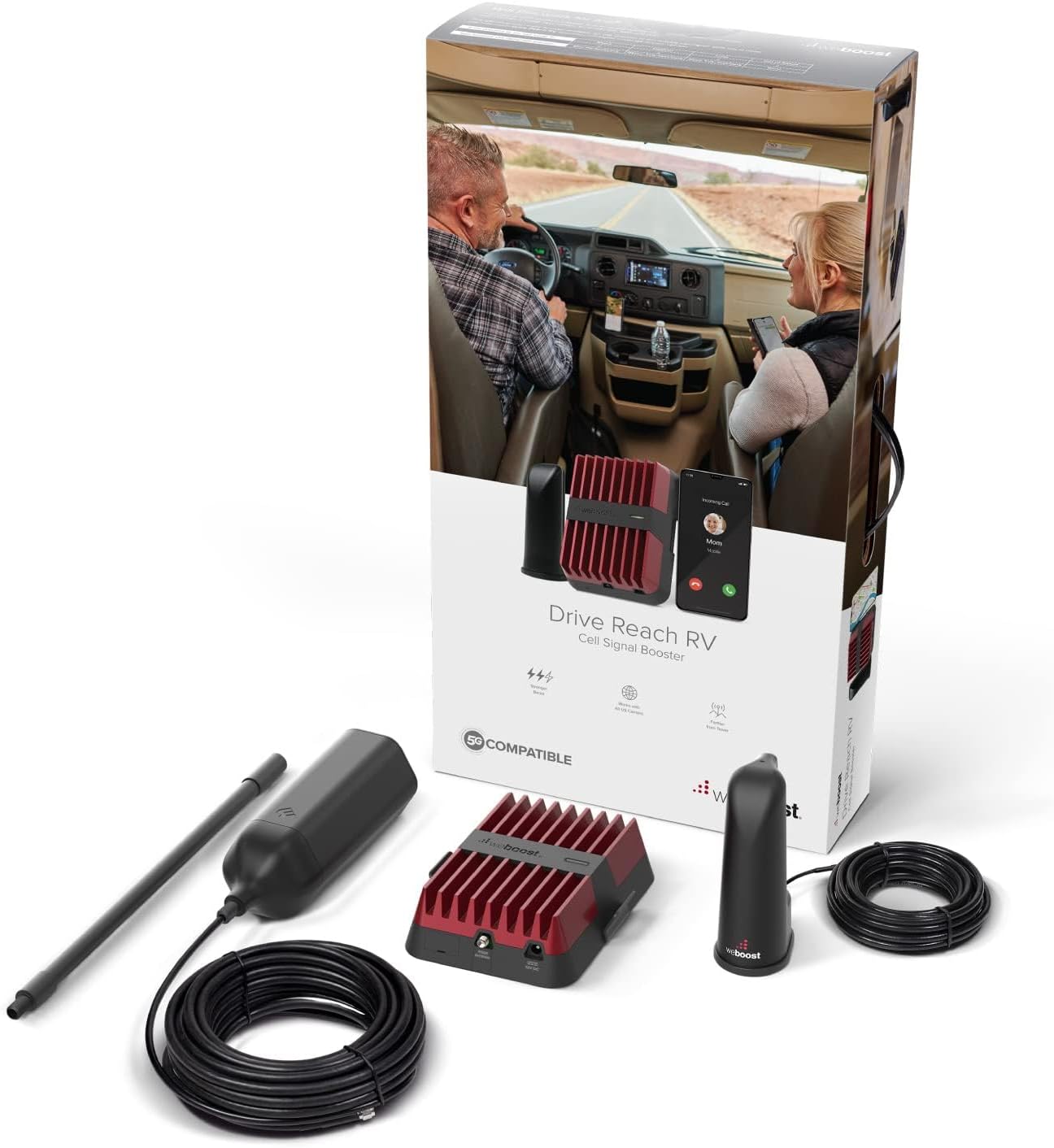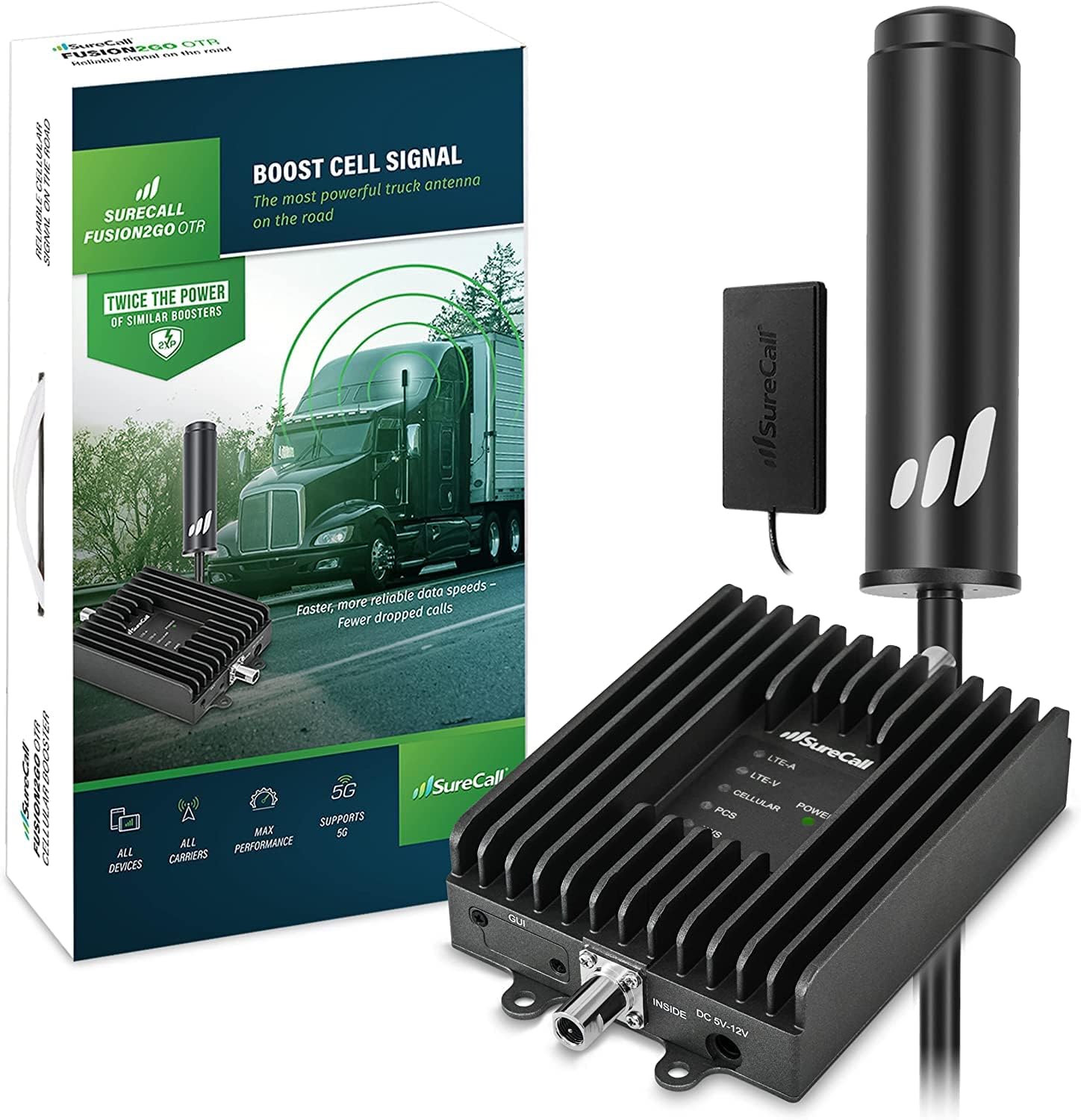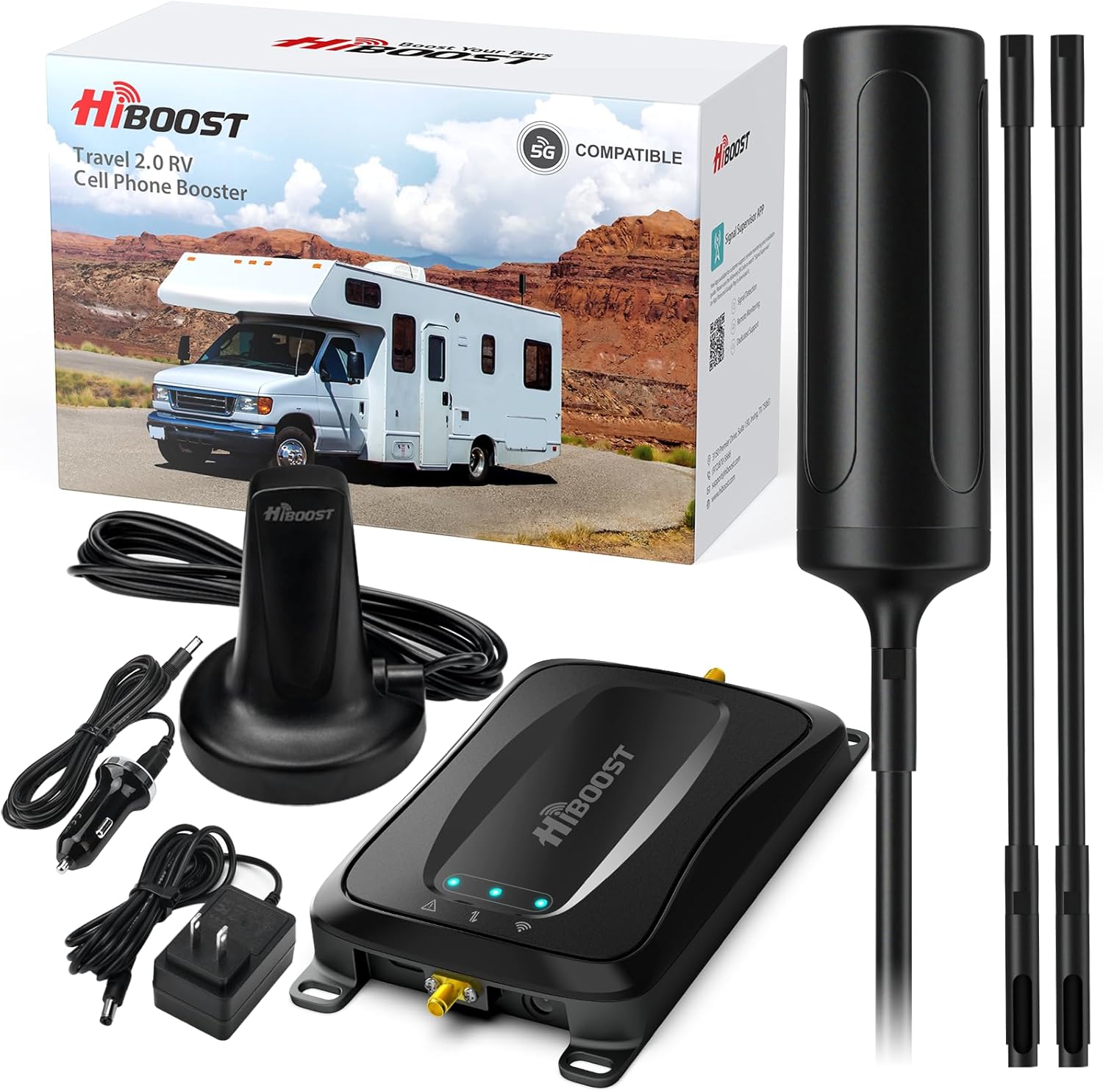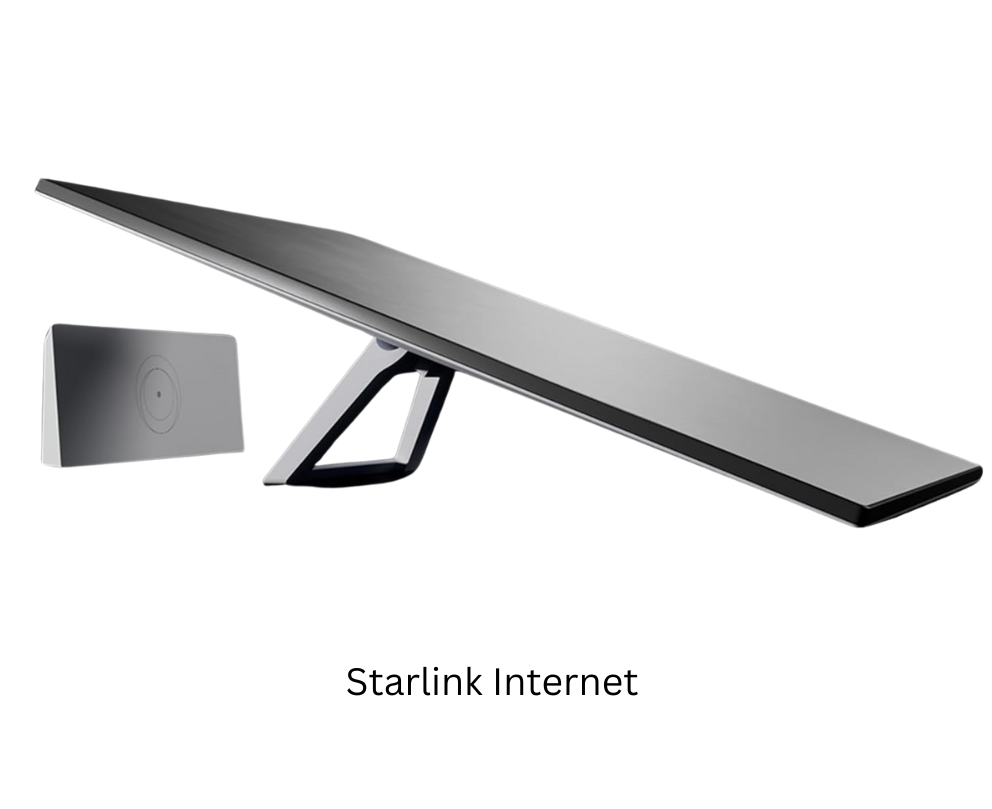NEWS
Introduction: The Balance Between Connectivity and Disconnection
For many campers, part of the joy of camping is escaping the digital world—disconnecting from emails, social media, and constant notifications. However, there are plenty of travelers who either prefer to stay connected or need reliable service for work, navigation, safety, or staying in touch with family. Whether you’re in a campervan, RV, or even tent camping, there are multiple ways to ensure a stable connection for phone calls, internet browsing, and work-related tasks.
From cell phone boosters to WiFi hotspots and even Starlink, let’s explore the best ways to maintain connectivity while on the road.
Cell Phone Boosters: Enhancing Your Signal in Remote Areas
Cell phone boosters are one of the best ways to improve your connection in areas with weak cellular signals. They work by capturing weak signals from cell towers, amplifying them, and then rebroadcasting a stronger signal inside your vehicle.
How Cell Boosters Work
- Outdoor Antenna: Captures the existing weak signal from a nearby tower.
- Amplifier: Strengthens the signal and minimizes interference.
- Indoor Antenna: Rebroadcasts the boosted signal inside your RV, campervan, or tent.
Best Cell Boosters for Camping
1) WeBoost Drive Reach RV – One of the best options for RVers, providing strong signal boosting for both calls and data.
2) SureCall Fusion2Go – Great for travelers who move frequently and need a reliable connection.
3) HIBoost Travel 4G LTE – A budget-friendly option that still delivers solid results.

Who Needs a Cell Booster?
- Those who camp in remote areas with weak signals.
- People who rely on their phone for work or emergency communication.
- Campers using their phone as a WiFi hotspot.

Tip: Cell phone boosters do not create a signal where none exists—they can only enhance an existing weak signal.

Using Your Phone as a Hotspot for WiFi
If you have a strong enough cellular signal, you can use your smartphone as a personal WiFi hotspot to connect your laptop, tablet, or other devices.
How to Use a Hotspot
1) Check Your Mobile Plan – Some carriers offer unlimited hotspot data, while others have strict limits.
2) Enable Hotspot on Your Phone – Go to your phone’s settings and turn on "Personal Hotspot" or "Tethering."
3) Connect Your Devices – Find the WiFi network on your laptop or tablet and enter the password.
Best Carriers for Hotspot Usage
- Verizon – Offers some of the best nationwide coverage, especially in rural areas.
- AT&T – Strong in both urban and rural locations, with good data packages.
- T-Mobile – Excellent in urban areas but can be weaker in remote locations.
Tip: If your phone's signal is weak, pairing it with a cell booster can enhance your hotspot’s reliability.
Campground WiFi and WiFi Extenders
Many campgrounds now offer WiFi, but the quality and reliability can vary significantly. Some factors affecting campground WiFi include the number of users, distance from the router, and obstructions like trees or RVs.
How to Improve Campground WiFi
- WiFi Extenders – Devices like the Alfa WiFi Camp Pro 2 can extend weak campground WiFi signals, improving connectivity inside your RV.
- Directional Antennas – The BearExtender Outdoor WiFi Antenna can help capture a stronger signal if you are far from the campground’s WiFi source.
Tip: Campground WiFi is often overloaded. If you need reliable connectivity, consider a backup option like a mobile hotspot or Starlink.
Starlink: The Game-Changer for RV and Campervan WiFi
For those who need high-speed, satellite-based internet anywhere, Starlink has become a game-changer. Unlike traditional satellite internet, Starlink offers fast speeds and low latency, making it a solid choice for remote campers.
Starlink RV vs. Starlink Residential
- Starlink Roam (formerly Starlink RV) – Designed for travelers who move frequently. You can set it up anywhere with a clear view of the sky.
- Starlink Residential with Portability – A good option if you primarily stay in one place but travel occasionally.
Pros of Starlink for Camping
1) Works in remote locations where no cell signal exists.
2) High-speed internet (50–250 Mbps).
3) No reliance on cellular networks.
Cons of Starlink for Camping
- Requires clear sky visibility for the dish.
- More expensive than cellular options (equipment costs - plus higher monthly service than cell service).
- Power-hungry—may not be ideal for off-grid setups without a solid power system.
Tip: If you are frequently camping in areas with poor cell service and need reliable internet, Starlink is an excellent investment.
Choosing the Right Option for Your Needs
The best connectivity solution depends on your camping style and how much you rely on an internet connection.
Final Tip: If you need both a strong cell signal and internet access, consider combining a cell booster with a mobile hotspot or Starlink for the best results.

Stay Connected, or Disconnect as You Choose
Whether you love being disconnected in the great outdoors or need reliable WiFi for work, safety, or convenience, there are multiple options available. From simple cell phone tethering to advanced Starlink satellite internet, the best choice depends on your specific needs, location, and budget.
With the right setup, you can choose when to be online and when to unplug, making your camping trips more enjoyable and stress-free—whether you’re working remotely, streaming a movie, or just making sure you have cell service in case of an emergency.
Happy Camping!
DLM-Distribution / Campervans is a licensed manufacture and dealer located in Lake Crystal Minnesota serving clients around the country
Contact Dave: 651-285-7089 or Candy: 507-382-9446 today!

